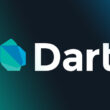The Best Python Libraries To Use As A Developer
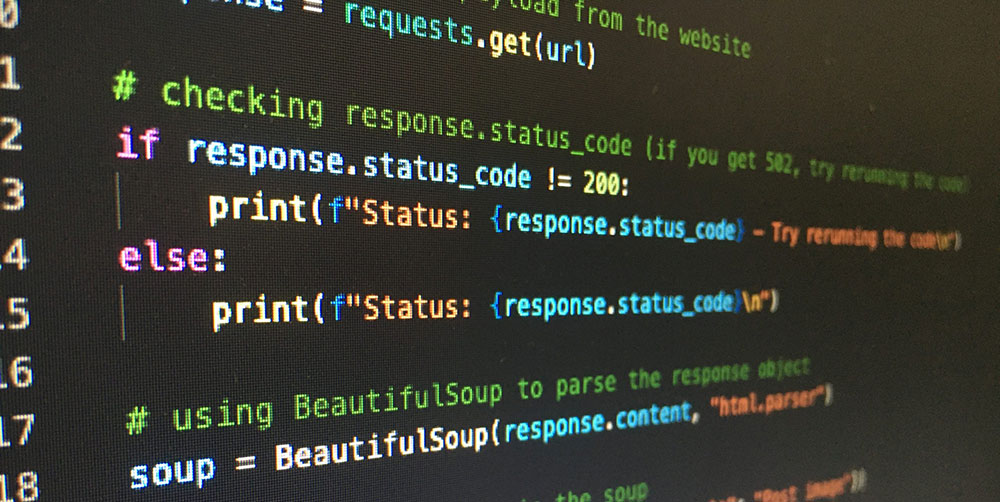
Ever plunged into a coding odyssey, only to wish for a magic wand to simplify tasks? Python libraries are that wand—conjuring solutions with a swish and flick!
In the universe of web design, they’re the unsung heroes, transforming complex lines of code into a designer’s delight.
Think of this article as a treasure map. By the end, you’ll unearth the best Python libraries, each like a unique jewel empowering creativity and efficiency.
From Pandas reshaping data to Flask igniting web app development, these tools are cornerstones.
You’re in for an adventure through data visualization with Plotly, stepping into the realm of machine learning with Scikit-learn, and harnessing the might of TensorFlow for AI pursuits—all meticulously handpicked for the modern coder’s arsenal.
Your toolbox won’t feel the same again. Discover, explore, and master these wonders; supercharge your code, and design like a pro.
The Best Python Libraries
| Python Library | Primary Use | Ease of Use | Interoperability | Popularity/Community Support |
|---|---|---|---|---|
| TensorFlow | Deep Learning Framework | Moderate | Compatible with Keras, TFX | Very high; backed by Google |
| Scikit-Learn | Machine Learning Algorithms | Easy | Integrates well with SciPy, NumPy | Very high; widely adopted for ML |
| NumPy | Numerical Computing | Moderate | Foundation for many Python libraries, including Pandas | Extremely high; a staple in data science |
| Keras | Neural Networks API | Easy | Can run on top of TensorFlow | High; widely used for deep learning |
| PyTorch | Deep Learning Framework | Moderate | Interoperable with many libraries, ONNX support | Very high; backed by Facebook |
| LightGBM | Gradient Boosting Framework | Moderate | Works well with Scikit-Learn and Pandas | Growing; strong in ML competitions |
| Requests | HTTP library | Easy | Standalone, but can be used with other data-handling libraries | Very high; standard for HTTP in Python |
| SciPy | Scientific Computing | Moderate | Integrates well with NumPy and Matplotlib | Very high; essential in scientific computing |
| Pandas | Data Analysis and Manipulation | Easy | Works well with SciPy, NumPy, Matplotlib | Extremely high; standard for data manipulation |
| Matplotlib | Data Visualization | Moderate | Integrates well with Pandas and NumPy | Very high; widely used for plotting |
TensorFlow
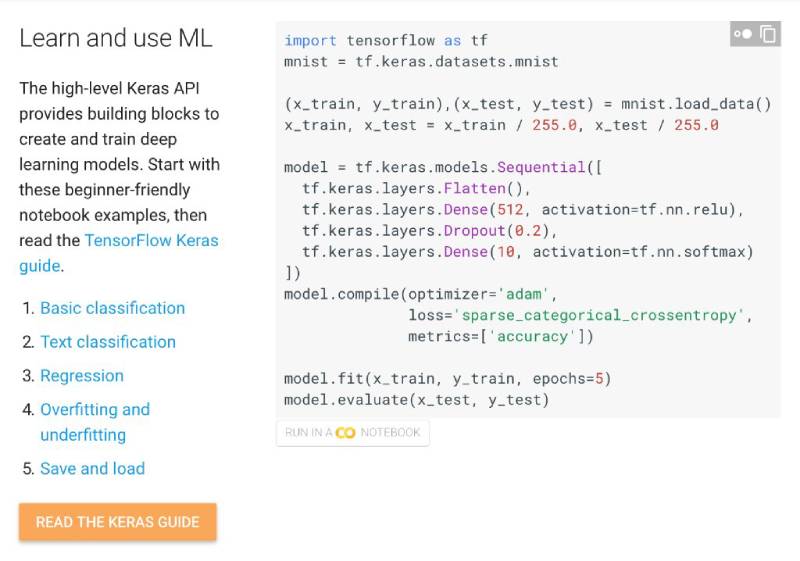
So, you’re into Python, huh? Well, let me introduce you to TensorFlow. This bad boy is like the Swiss Army knife of machine learning. It’s an end-to-end platform, meaning it’s got you covered from data prep to model deployment. 🚀
What’s in the Box?
- Data Prep Tools: Before you even think about models, you gotta get your data in shape. TensorFlow has tools for that.
- Pre-trained Models: Don’t wanna start from scratch? No worries. Grab a pre-trained model and tweak it.
- Custom Models: Feeling adventurous? Go ahead, build your own model. Sky’s the limit.
Where Can You Run It?
- Cloud: Yup, it’s cloud-friendly.
- On-Prem: Got your own servers? Cool, TensorFlow can chill there.
- Mobile and Edge: Even on your phone, man. Isn’t that sick?
Community Vibes
TensorFlow isn’t just code; it’s a whole community. You can join forums, special interest groups, and even contribute to the open-source project. It’s like a big ML party, and everyone’s invited.
Why TensorFlow?
- Scalability: Whether you’re a newbie or a pro, TensorFlow scales with you.
- Flexibility: It’s like the yoga instructor of Python libraries. Super flexible.
- Resources: Tutorials, examples, you name it. They’ve got a ton of stuff to help you out.
So, What’s the Catch?
Honestly, there isn’t one. Whether you’re into natural language processing, computer vision, or just some good ol’ data analysis, TensorFlow is your go-to.
Scikit-Learn
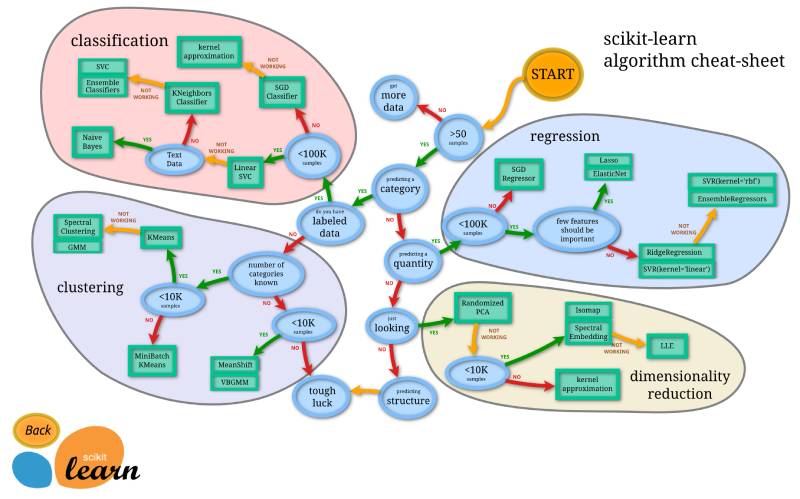
Hey, ever heard of Scikit-learn? Imagine a DJ mixing tracks, but instead of music, it’s mixing data and algorithms. Yeah, it’s that cool. 🎶
What’s the Playlist?
- Classification: Think of it as sorting your playlist by mood. Happy songs here, sad songs there. In data terms, that’s like spam detection or image recognition.
- Regression: Predicting the next big hit? That’s regression for you. In data land, it’s about predicting stuff like stock prices.
- Clustering: Ever made a playlist for a road trip? That’s clustering. Grouping similar stuff together, like customer types or experiment outcomes.
The Soundboard
- Dimensionality Reduction: It’s like adjusting the bass and treble, but for data. Makes everything more efficient and easier to visualize.
- Model Selection: Picking the right track for the mood, or in this case, the right algorithm for the job.
- Preprocessing: You gotta clean those vinyl records before playing, right? Same goes for your data.
The Community Vibe
- FAQs and Stack Overflow: Got questions? They’ve got answers.
- Social Media: They’re everywhere, man. Twitter, LinkedIn, even TikTok.
- Donations: Love the mix? Show some love back.
Why Scikit-learn?
- Open Source: No cover charge, walk right in.
- Built on Giants: It’s like standing on the shoulders of NumPy, SciPy, and Matplotlib.
- Commercially Usable: Make money off your data mixes, no strings attached.
NumPy
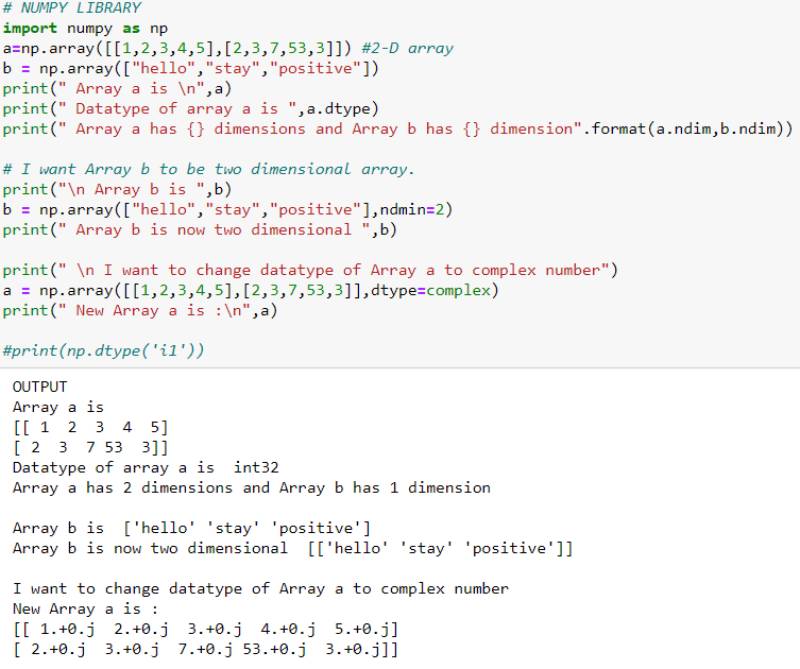
Let’s talk NumPy. Imagine you’ve got a box of LEGO bricks, but like, for Python. That’s NumPy. It’s the building block for all things scientific computing.
What Can You Build?
- N-Dimensional Arrays: Think of these as the LEGO baseplates. You can stack ’em, flip ’em, rotate ’em—whatever you need.
- Mathematical Functions: These are your LEGO tools. Wanna calculate the height of your LEGO tower? NumPy’s got a function for that.
- Linear Algebra: This is like building a LEGO castle with all the fancy bits—drawbridges, turrets, the whole shebang.
Compatibility? No Sweat.
- Open Source: It’s like a LEGO set that everyone can contribute to. No secrets here.
- Interoperable: Plays nice with other toy sets. Think of it as LEGO-compatible with other Python libraries.
- Performant: This ain’t your grandma’s LEGO set. It’s optimized and fast, like a LEGO race car.
User-Friendly Vibes
- Easy to Use: Even if you’ve never touched a LEGO brick in your life, you’ll get the hang of it.
- Community: It’s like a LEGO fan club, but for nerds. In a good way, of course.
Real-World Applications
- Black Hole Imaging: Yeah, they used NumPy to capture the first-ever image of a black hole. Mind-blowing, right?
- Sports Analytics: Ever wonder how they pick MVPs? NumPy’s behind the stats.
- Deep Learning: It’s like building a LEGO robot that can think for itself.
Keras
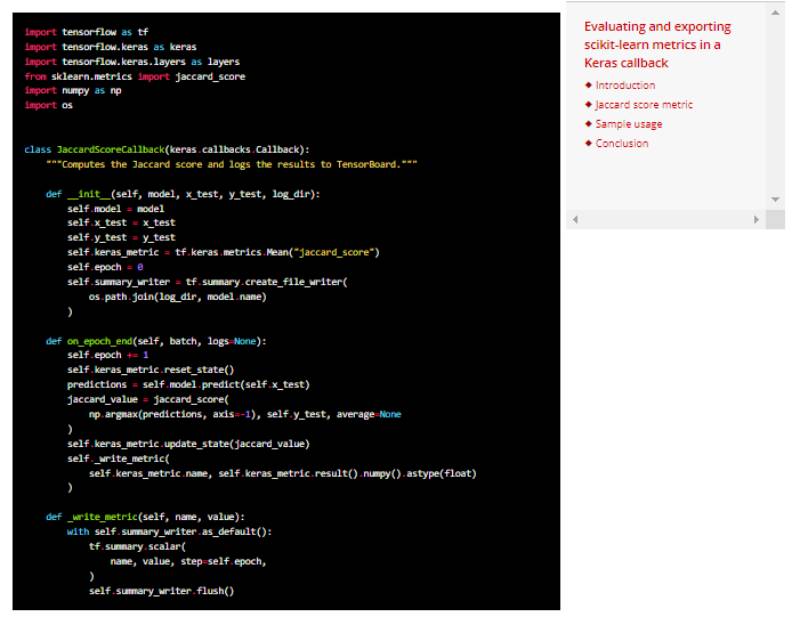
Picture this: a Swiss Army knife, but for your brain. It’s like the ultimate tool for machine learning and deep learning. 🛠️
What’s in the Toolbox?
- Human-Friendly API: It’s like the knife’s corkscrew. Super useful and easy to handle.
- Debugging & Speed: Think of this as the knife’s scissors. Quick and precise, just how you like it.
- Deploy Anywhere: This is your bottle opener, man. Works wherever you need it to.
Who’s Rockin’ It?
- YouTube: They’re using Keras to make their recommendation game strong.
- Waymo: These peeps are all about self-driving cars, and Keras is their co-pilot.
- NASA: Yeah, you read that right. Even rocket scientists dig it.
Why Keras?
- Code Elegance: It’s like having a knife that not only works great but also looks dope.
- Maintainability: This tool won’t rust on you. Keep it in your pocket for years.
- Exascale Learning: Imagine a Swiss Army knife that can also be a chainsaw. That’s Keras for you.
PyTorch
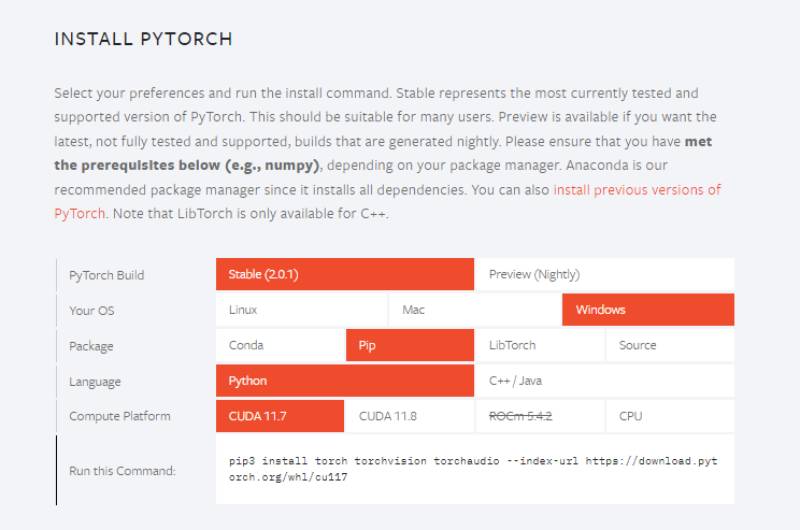
Alright, let’s dive into PyTorch. Picture yourself as an artist, but instead of paint, you’re using code to create masterpieces in machine learning. 🖌️
What Colors Are in Your Palette?
- Production Ready: This is your primary color. It’s the base that makes everything else pop. With TorchScript and TorchServe, you’re ready to go from sketch to gallery.
- Distributed Training: These are your shades and tones. Mix ’em up to get scalable and optimized performance.
- Robust Ecosystem: Think of this as your set of brushes and tools. Everything you need for computer vision, NLP, and more.
Where Can You Display Your Art?
- Cloud Support: Your art isn’t just for one gallery; it’s for the world. PyTorch plays nice with all the major cloud platforms.
- Community: This is your fan base and fellow artists. Learn, share, and grow together.
Why Choose This Paintbrush?
- Flexibility: You’re not limited to one style or medium. Experiment as much as you want.
- Speed: This paint dries fast, meaning you can iterate and improve without waiting around.
- Global Reach: Your art can go anywhere, from AWS to Google Cloud to Microsoft Azure.
LightGBM
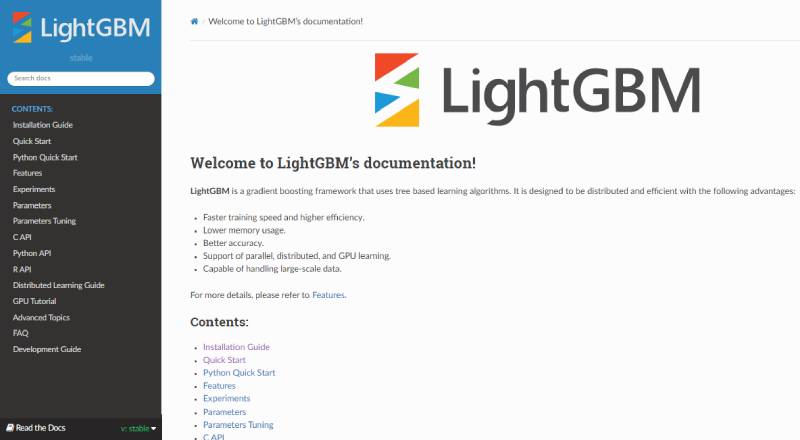
Imagine your Python project is like a car, and you’re looking for that turbocharged engine to make it go vroom. That’s where LightGBM comes in. 🚀
What’s Under the Hood?
- Speed & Efficiency: This is your horsepower. LightGBM is built for speed, so you can get from 0 to 100 real quick.
- Low Memory: Think of this as fuel efficiency. It doesn’t guzzle memory, so you can go the extra mile.
- Accuracy: This is your GPS. It’ll get you where you need to go, no detours.
Where Can You Take It?
- Parallel & Distributed Learning: It’s like having an all-wheel drive. You can take it off-road, uphill, or wherever your data needs to go.
- GPU Learning: This is your nitrous boost. Hit the button and watch your machine learning fly.
- Large-Scale Data: Got a road trip planned? LightGBM can handle the long haul.
Why LightGBM?
- Flexibility: Whether you’re cruising downtown or hitting the racetrack, LightGBM adapts to your needs.
- Community Support: It’s like having a pit crew ready to help with tune-ups and fixes.
- Microsoft-Backed: Yeah, it’s like having a warranty from one of the biggest names in tech.
Requests
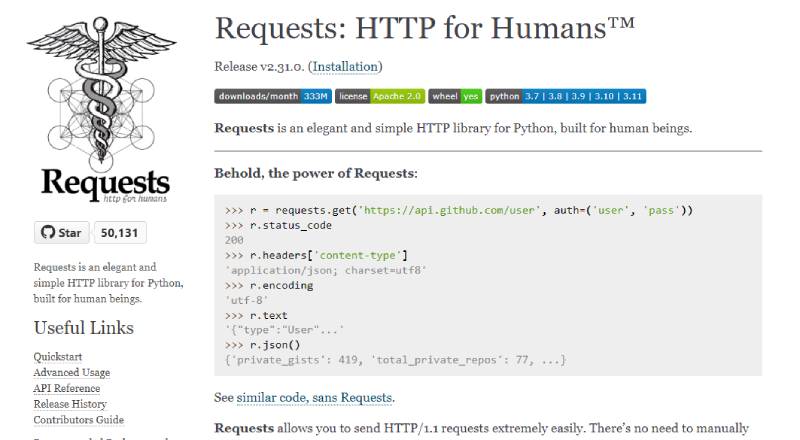
Imagine you’ve got a remote control for the web, but it’s not confusing with a million buttons. Just one easy button, and boom, you’re connected. 🌐
What’s the Channel Lineup?
- HTTP/1.1 Requests: This is your basic cable, but it’s crystal clear. No fuzz, no static, just smooth surfing.
- Automatic Features: This is like having a smart remote that auto-programs itself. Keep-alive, connection pooling, you name it.
- Content Decoding: Ever had to squint at a fuzzy channel? Not here. Requests makes sure everything comes in HD.
What’s the User Experience?
- Elegant API: This is like having a remote with just one button that does everything you need. No manual required.
- Cookie Persistence: It remembers your favorite channels, so you don’t have to.
- SSL Verification: This is your parental control, keeping you safe from the sketchy parts of the web.
Why Choose This Remote?
- Simplicity: You don’t need a manual to figure it out. It’s that easy.
- Flexibility: Whether you’re a channel surfer or a binge-watcher, Requests has got you covered.
- Community Support: Got questions? There’s a whole forum of TV nerds ready to help you out.
SciPy
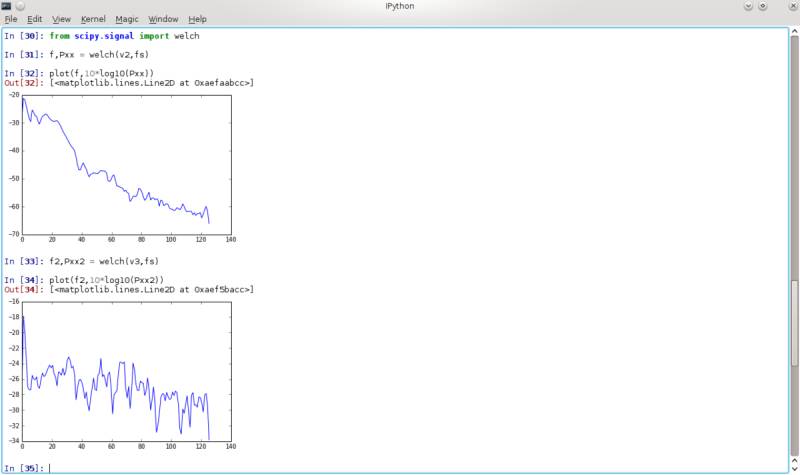
Hey, let’s chat about SciPy. Imagine you’re a scientist, but instead of a lab coat and beakers, you’ve got Python and algorithms. SciPy is like your Swiss Army knife for scientific computing. 🛠️
What’s in the Lab?
- Optimization & Integration: This is your microscope and petri dish. Get up close and personal with your data.
- Statistics & Algebra: These are your test tubes and Bunsen burners. Mix, match, and analyze to your heart’s content.
- Differential Equations: This is your particle accelerator. Dive into the nitty-gritty of complex problems.
What’s the Experiment?
- Broadly Applicable: Whether you’re into biology, physics, or finance, SciPy’s got the tools for you.
- Foundational: It’s like having a solid lab bench. Built on NumPy, it gives you a sturdy foundation for your experiments.
- Performant: This is your lab assistant who never sleeps. Optimized code in Fortran, C, and C++ makes sure you’re always on point.
Why SciPy?
- Easy to Use: It’s like a lab manual that actually makes sense. No PhD required to get started.
- Open Source: It’s a community lab. Everyone can contribute, and the results are for everyone.
- Diverse Community: It’s like a science fair that never ends. People from all walks of life bringing their A-game.
Pandas
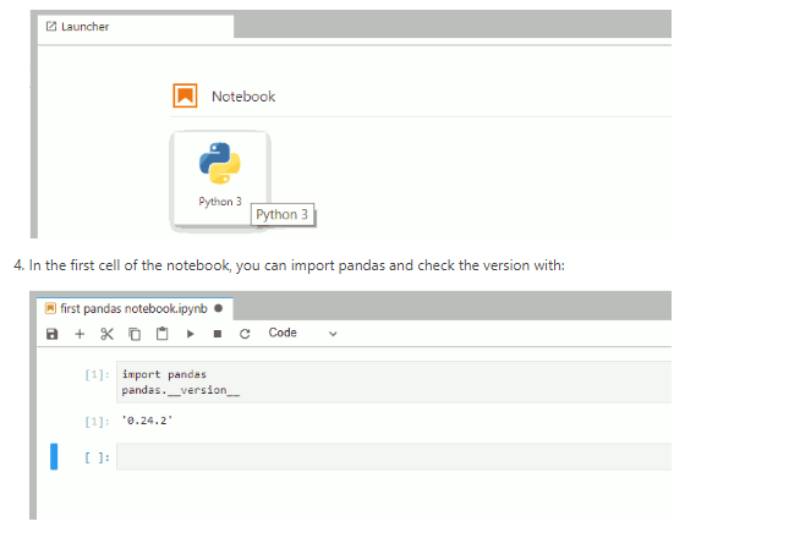
Imagine you’re a chef, but instead of flour and sugar, you’re mixin’ data and numbers. Pandas is like your kitchen mixer, blending everything into something delicious. 🍩
What’s in the Recipe?
- DataFrames: Think of these as your mixing bowls. You can toss in numbers, text, or whatever you’re cooking up.
- Data Manipulation: This is your spatula. Flip, stir, and rearrange your data however you like.
- Time Series: This is your oven timer. Keep track of data over time, down to the millisecond.
What’s on the Menu?
- Open Source: It’s like a community cookbook. Everyone can add their own secret sauce.
- Built on Python: This is your kitchen counter. Solid, reliable, and fits all your cooking gadgets.
- Fast & Powerful: This is your high-speed blender. It’ll whip up anything in no time.
Why Pandas?
- Flexibility: It’s like having a recipe that you can tweak to your own taste.
- Ease of Use: You don’t have to be a Michelin-star chef to use it. Super user-friendly.
- Community Support: It’s like a cooking class where everyone helps each other out.
Matplotlib
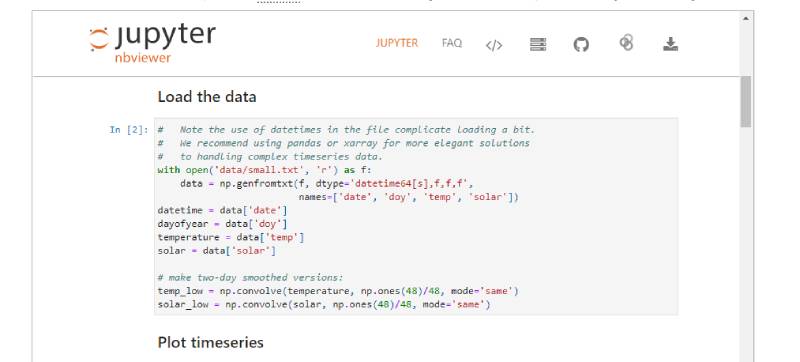
Imagine you’ve got all these raw pics, I mean data, and you wanna make ’em pop. Matplotlib is like your go-to Instagram filter, but for data visualization. 🌈
What’s in the Frame?
- Static Visuals: This is your classic black and white filter. Timeless and straightforward.
- Animated Visuals: Think of this as your Boomerang. Adds a little flair to your data story.
- Interactive Visuals: This is your swipe-up feature. Dive deeper into the data with zoom and pan options.
What’s the Vibe?
- Customizable: It’s like having a full editing suite. Tweak the brightness, contrast, and even layout.
- Exportable: Save it, share it, show it off. Multiple file formats available.
- Community-Driven: It’s like tagging your friends. A whole community is there to collab and make your visuals even better.
Why Matplotlib?
- Versatility: Whether you’re a casual snapper or a pro photographer, Matplotlib fits your style.
- Ease of Use: No need for a tutorial. Intuitive and user-friendly.
- Rich Ecosystem: It’s like having all the best photo apps in one. Built on Python and integrates well with other libraries.
FAQ On The Best Python Libraries
What’s The Absolute Best Python Library?
They say choice flavor life, right? But, pinning down one top library? Not happening. For data, Pandas is king. Can’t beat TensorFlow in deep learning. It’s like asking a chef for their single best spice—depends on the dish, or in this case, the task at hand.
How Vital Are Python Libraries for Machine Learning?
Imagine trying to build a house with just your bare hands. Brutal, huh? That’s coding ML without libraries like Scikit-learn or PyTorch. These libraries offer pre-built tools, making it feasible to create complex algorithms without wanting to tear your hair out.
Which Python Libraries are Essential for Data Analysis?
Ever tried sifting through a spreadsheet manually? Painful. Pandas transforms that pain into pleasure; NumPy does mathematical heavy lifting; Matplotlib visualizes the story behind numbers. Together, they’re the dream team for wrangling data into submission.
For Web Development, Which Python Libraries Reign Supreme?
Think of Django as the Swiss Army knife—robust, full-featured, it’s got all you need for web dev. If you’re after something lighter, Flask is your go-to. It’s like choosing between a full-course meal and a gourmet sandwich—different appetites, different tools.
What Python Libraries Should I Start With as a Beginner?
Keep it simple. Python’s standard library — it’s the bread and butter. As you get comfy, graduate to NumPy for numbers or Requests for handling web stuff. It’s like learning to cook; start with the basics before you craft that fancy dessert.
Can You Recommend Any Python Libraries for Data Visualization?
Oh, get ready for the eye candy. Plotly for interactive charts that pop. Seaborn builds on Matplotlib and gives you that aesthetic edge. They turn numbers into stories that even the graph-phobic can love.
What are the Best Python Libraries for Natural Language Processing?
NLTK, hands down, is your starting block—like a good primer. For the heavy lifting, there’s spaCy. It’s optimized for performance, kind of like trading up from a sedan to a sports car when you’re ready to hit the NLP highway.
How Can Python Libraries Enhance Web Scraping?
Without Beautiful Soup or Scrapy, web scraping can be like mining for gold with a toothpick. These libraries give you the power tools to dig through HTML and gather the data nuggets you need, sharpish.
Do Python Libraries Have an Impact on Artificial Intelligence?
Let’s be real. AI isn’t going anywhere without libraries. TensorFlow and Keras are like the wizards of the AI realm, granting mortals the power to create neural networks and more. With these, you’re not just coding; you’re shaping the future.
Are There Any Good Python Libraries for Game Development?
Gamers and coders, unite! Pygame lets you whip up games with more joy than a kid in an arcade. It’s accessible, versatile—like building blocks for the virtual playground. Game on!
Conclusion
And there you have it. We’ve traversed the landscape of The Best Python Libraries, handpicking gems that elevate code to art. Gems that solve puzzles in web design, loom patterns in data, and add strokes of genius to machine learning canvases. Each with its own flavor, weaving efficiency into every line.
Wrapping up, these libraries—are they not revolutionary? With Pandas and NumPy, data dances to your tune. Flask and Django craft web realms from snippets of logic. And when it comes to deciphering the human tongue, NLTK and spaCy rise as your lexical champions.
From the GitHub repositories housing these digital masterpieces to the vibrant community discussions in PyCon, the takeaways are immense. Harnessing the might within these libraries promises not just code that works, but code that sings—creating solutions as elegant as they are effective.
Stay curious. Keep exploring. Let’s write the future, one Python library at a time. Cheers to coding smarter, not harder!
If you liked this article on the best python libraries, you should check out these articles also:
- Finding the Best IDE for Python Development
- Looking for a Change? These Python Alternatives May Surprise You
- The best Python frameworks you can use in web development
- Dart in Development: What is Dart Used For? - May 8, 2024
- The Rise of Account Planning Software in B2B - May 7, 2024
- Professional Networking: Essential Apps Like LinkedIn - May 7, 2024

